Climate change isn’t some far-off problem—it’s happening right now where we live. For Canadian homeowners, the effects are as personal as they are unpredictable. Imagine waking up to the unsettling creaks in your house, knowing that the ground beneath your feet is no longer as stable as it once was. Or, consider the constant worry of rising insurance premiums that chip away at your savings every month. In our neighborhoods—from the frost-kissed far north to the humid coasts of the Maritimes—the signs of a warming world are unexpectedly evident. Let’s explore 15 real-life, human-centered ways climate change is already reshaping the lives and homes of Canadians.
The Unsettling Shift in Your Foundation
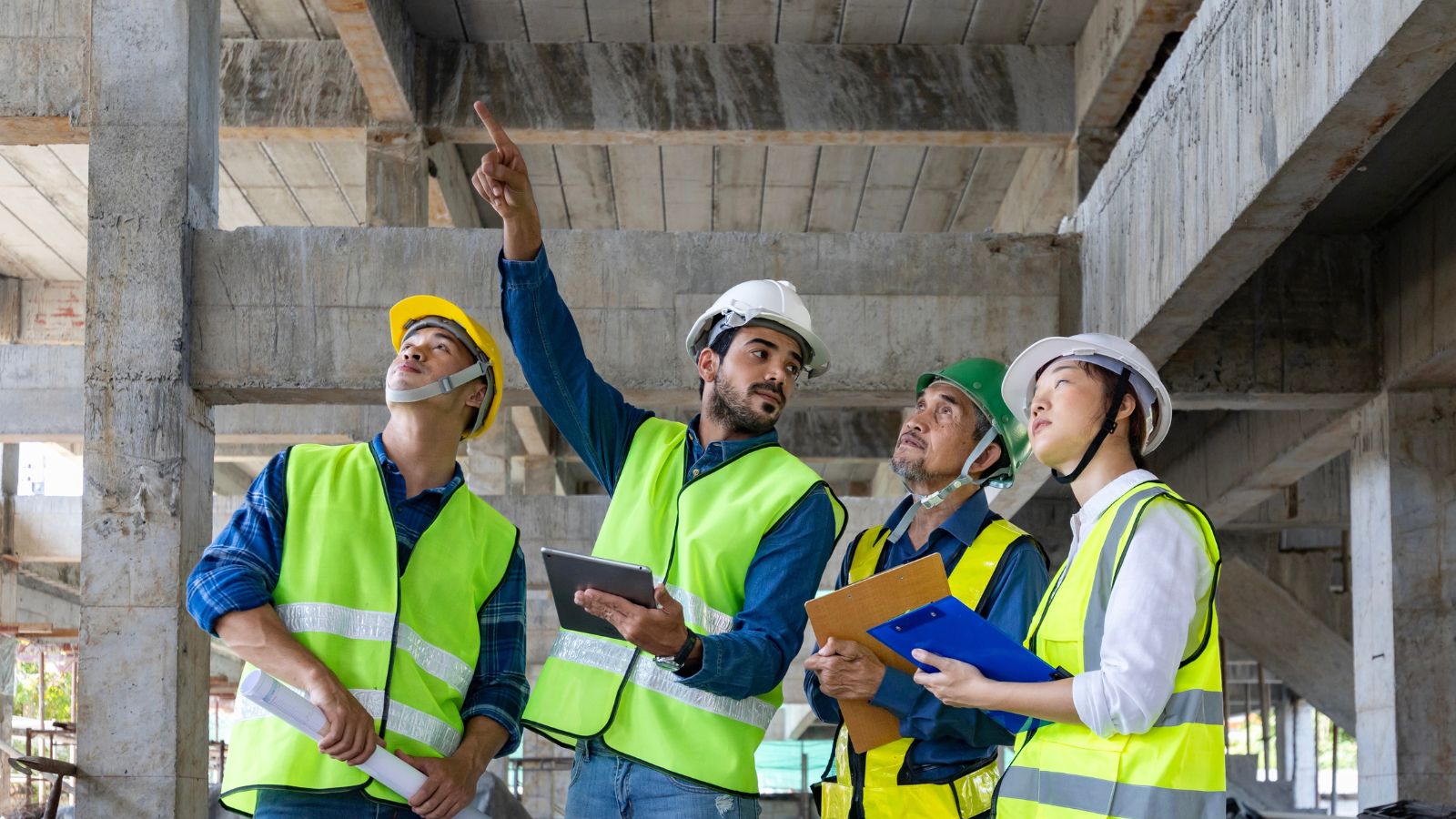
For many Canadians living in northern regions, the ground underfoot has been a silent ally—until now. As temperatures climb, permafrost that once held everything in place begins to thaw. Homeowners have started to notice subtle cracks in their driveways, shifting foundations, and failing utility lines. It’s not just concrete and metal being affected; it’s the very ground that supports our lives. One homeowner from Yellowknife shared how a once-trusted foundation now feels like a precarious puzzle, forcing them to budget for unexpected repairs while worrying about long-term stability.
Insurance Premiums That Keep Climbing
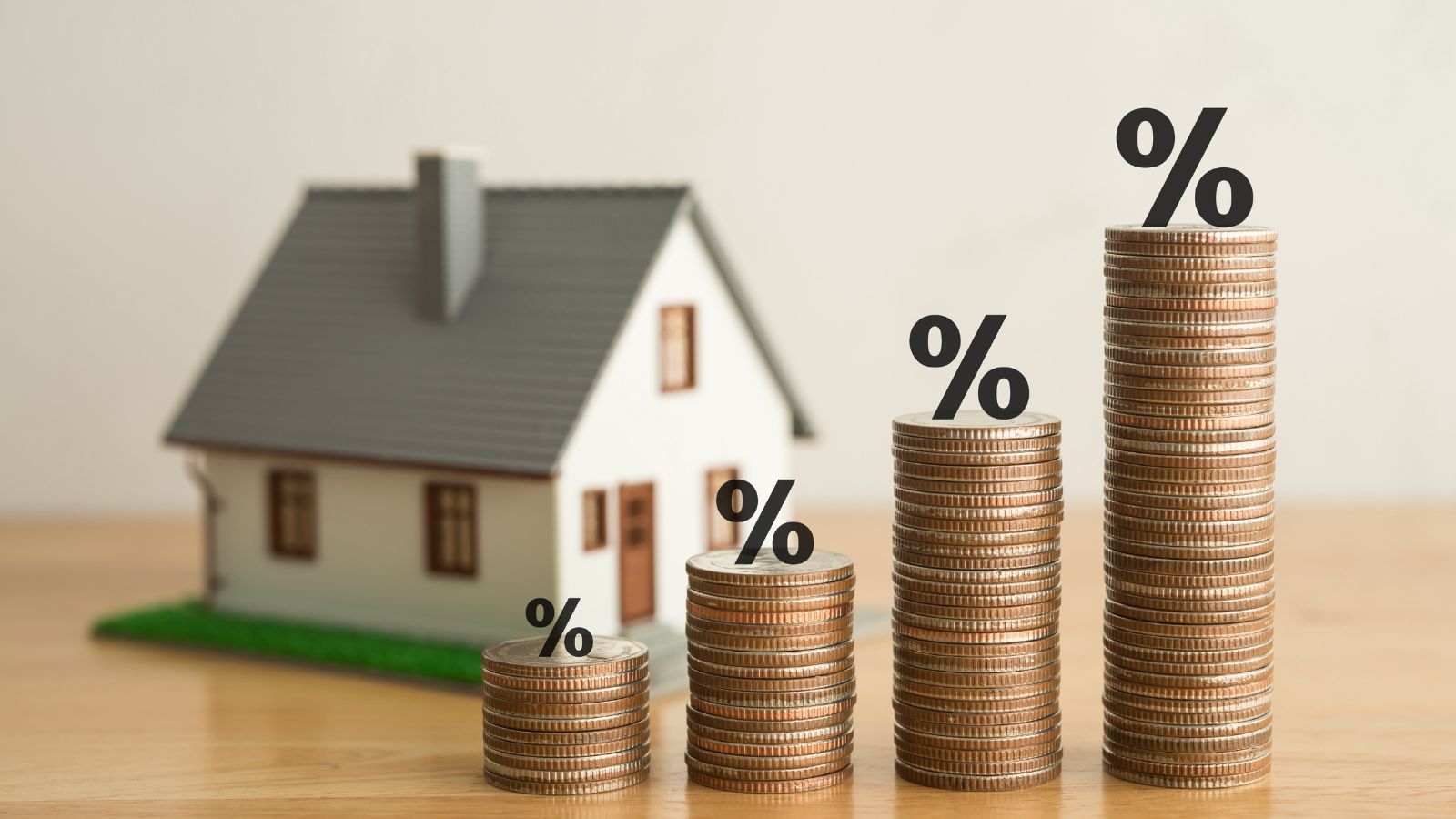
Think back to a time when you signed your home insurance policy with a sense of security. Today, that sense of security is fading. As wildfires, floods, and severe storms become more frequent, insurers are recalculating risks—and you’re feeling the pinch. Homeowners in high-risk areas now face premiums that seem to climb a little higher every year. The worst part? Some policies no longer cover certain types of damage, leaving families to shoulder the burden when disaster strikes. It’s like paying for peace of mind that is slowly being stripped away.
Home Values in a State of Uncertainty
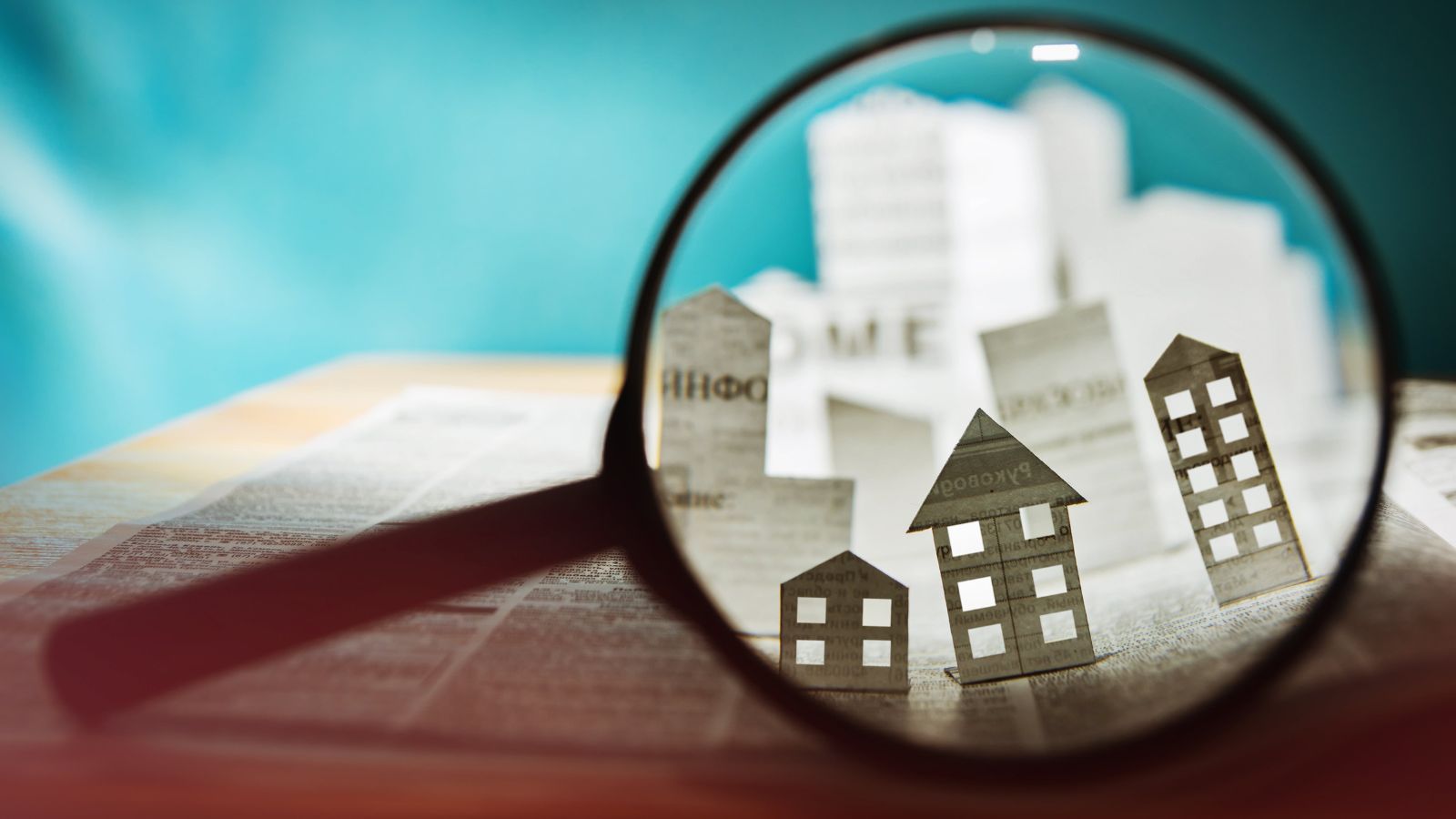
Our homes are more than just physical structures—they’re symbols of stability and investment in our futures. However, as climate risks become clearer, the value of properties in vulnerable areas is taking a hit. Buyers are now more cautious, and lenders are scrutinizing every square foot for hidden risks. Many homeowners are watching their property values drop, not because the neighborhood has changed but because the environment has. This uncertainty can be heartbreaking, especially when you’ve poured years of hard work into your home.
Sky-High Rebuilding Costs
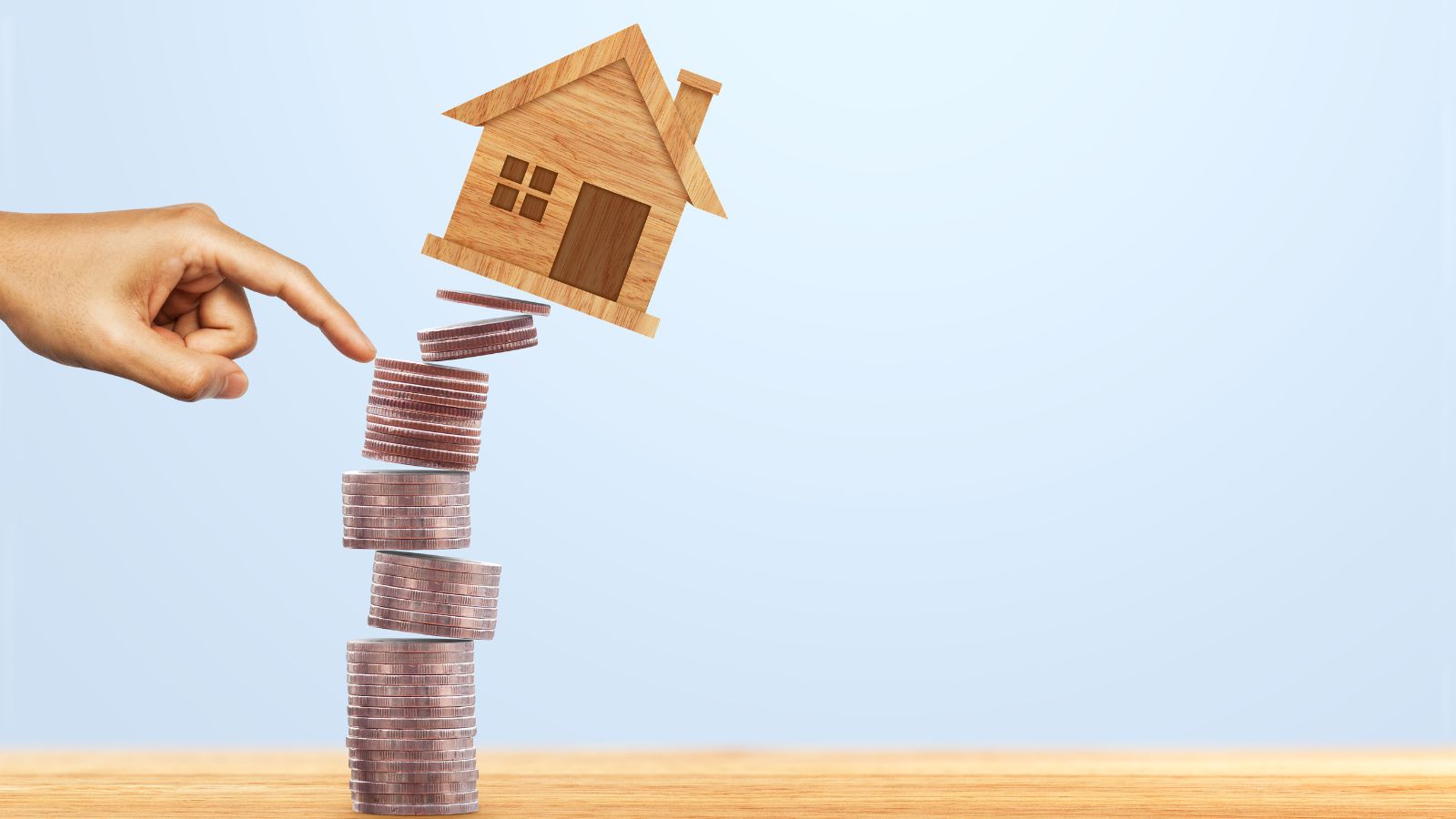
When disaster inevitably strikes, the costs of repairs and rebuilding can be astronomical. Whether it’s a wildfire that sweeps through a community or a flood that transforms your basement into a shallow lake, the damage is often more severe than anyone could have predicted. As materials become more expensive and skilled labor harder to come by, families are faced with rebuilding bills that seem to double overnight. The emotional toll of losing a home to nature’s fury is compounded by the financial strain that follows.
Flooding Where You Least Expect It

Floods used to be something you heard about on the news, not something you experienced in your backyard. Yet today, rapid snowmelt, heavier rains, and shifting river flows are turning familiar neighborhoods into unexpected flood zones. One resident in a small Ontario town recalled the shock of seeing water creep into their living room—something that had never happened before. These surprises force communities to rethink how and where homes are built and leave many scrambling for flood-proof solutions.
Wildfire Threats in Unlikely Places
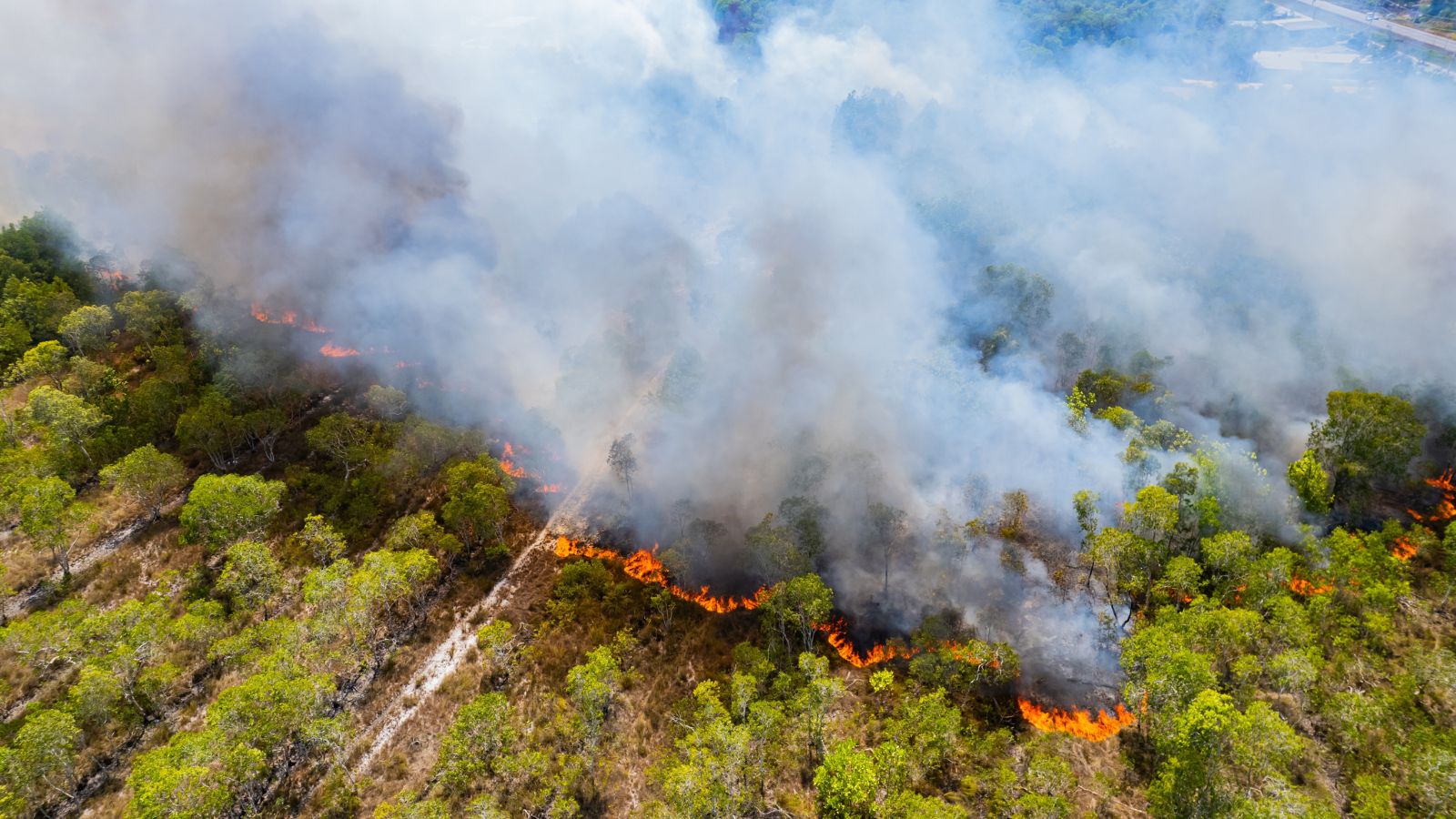
Wildfires are no longer confined to the vast forests of British Columbia or Alberta. Areas once considered safe are now seeing unexpected blazes. A friend from a semi-urban neighborhood in Ontario told a story of how a wildfire, once thought to be a distant threat, forced a rapid evacuation from their usually quiet street. The realization that no place is immune to these destructive fires has many Canadians rethinking their long-held assumptions about where they can safely call home.
Bills That Keep on Rising

Our modern comforts come at a cost—and that cost is increasing. Extreme temperatures, whether sweltering summer heat or bitter winter cold, force us to rely more heavily on our heating and cooling systems. For many homeowners, this translates into noticeably higher utility bills each month. The simple act of keeping your home comfortable now means you have to worry about your monthly expenses skyrocketing, which adds an extra layer of stress to daily life.
When Emergency Help Comes Too Late
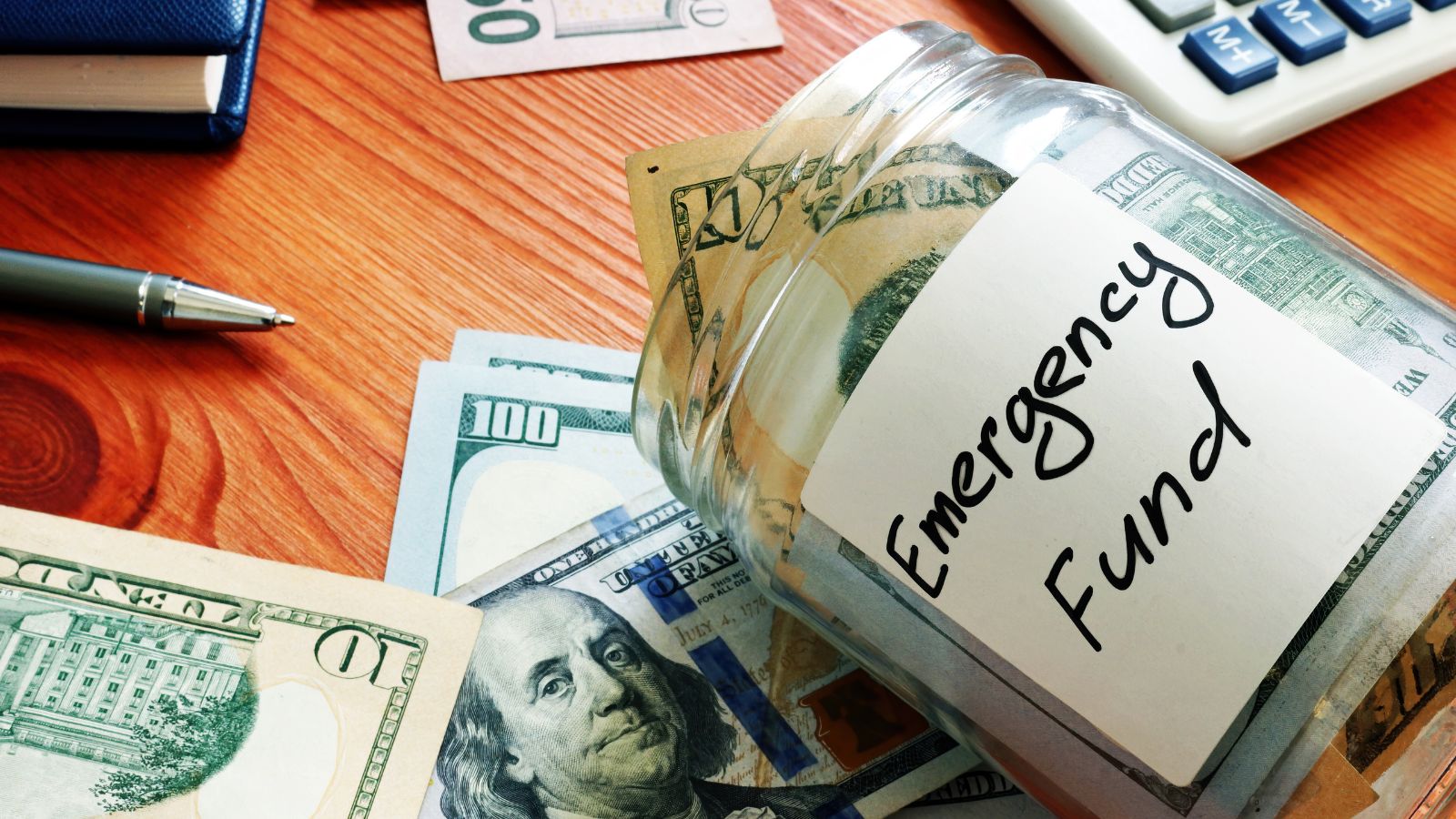
There’s nothing more terrifying than feeling helpless during a crisis. In many parts of Canada, local emergency services are stretched thin by the increasing number of climate-related disasters. When severe storms, floods, or wildfires hit in quick succession, the strain on emergency responders means delays that can turn a manageable situation into a full-blown catastrophe. Homeowners share stories of waiting hours—or even days—for help, a waiting period that can make all the difference in damage and recovery.
The Surprise of Hail and High Winds
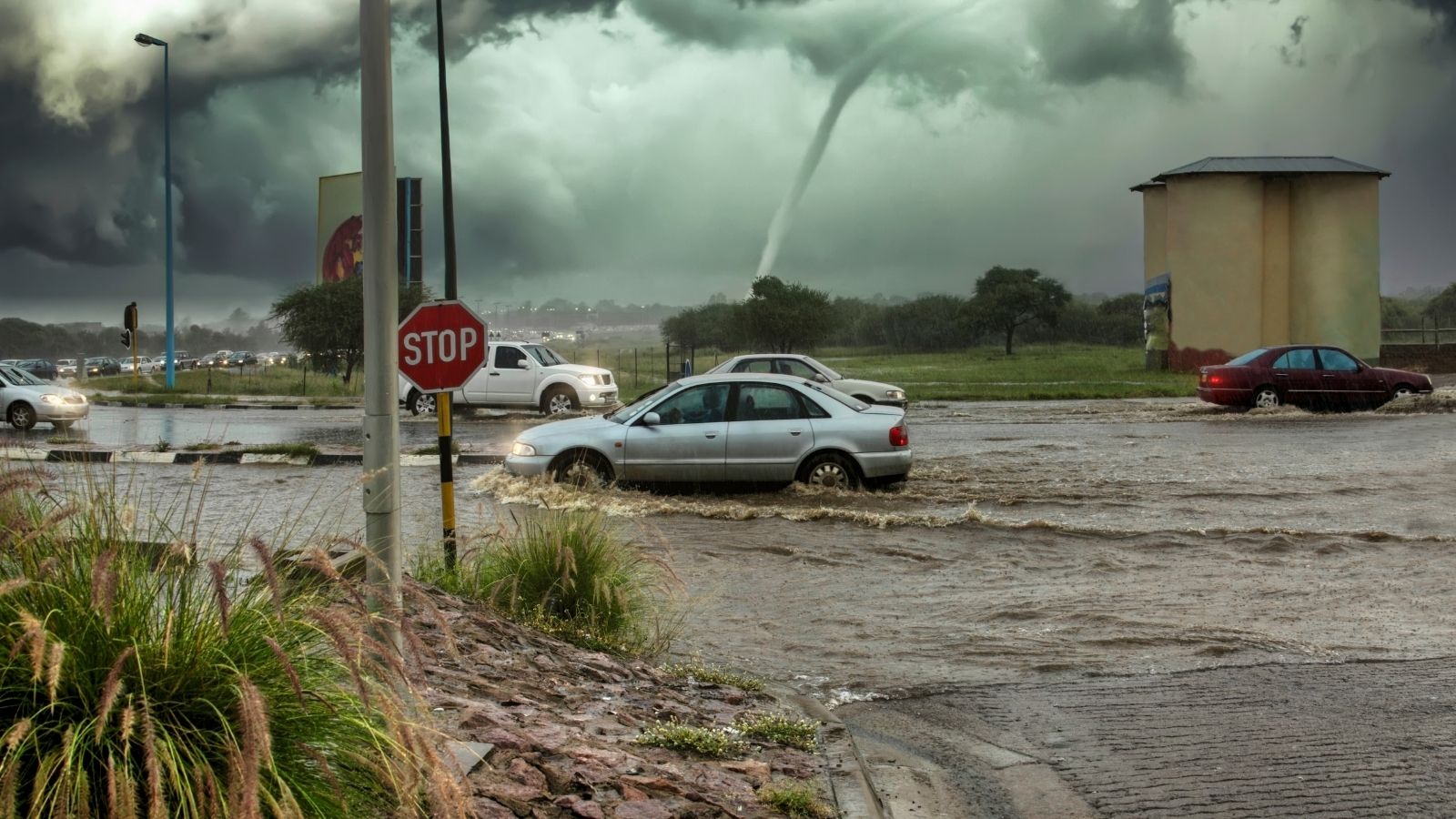
Not all damage comes from grand, sweeping disasters. Sometimes, it’s the smaller, more frequent events that add up. Severe storms are now more common due to climate change. These storms bring intense hail and gusty winds that can rip off roofing, shatter windows, and even damage cars. These events might seem minor on their own. However, over time, they lead to significant repair costs and constant worry about the integrity of your home.
Breathing in Poor Air Quality
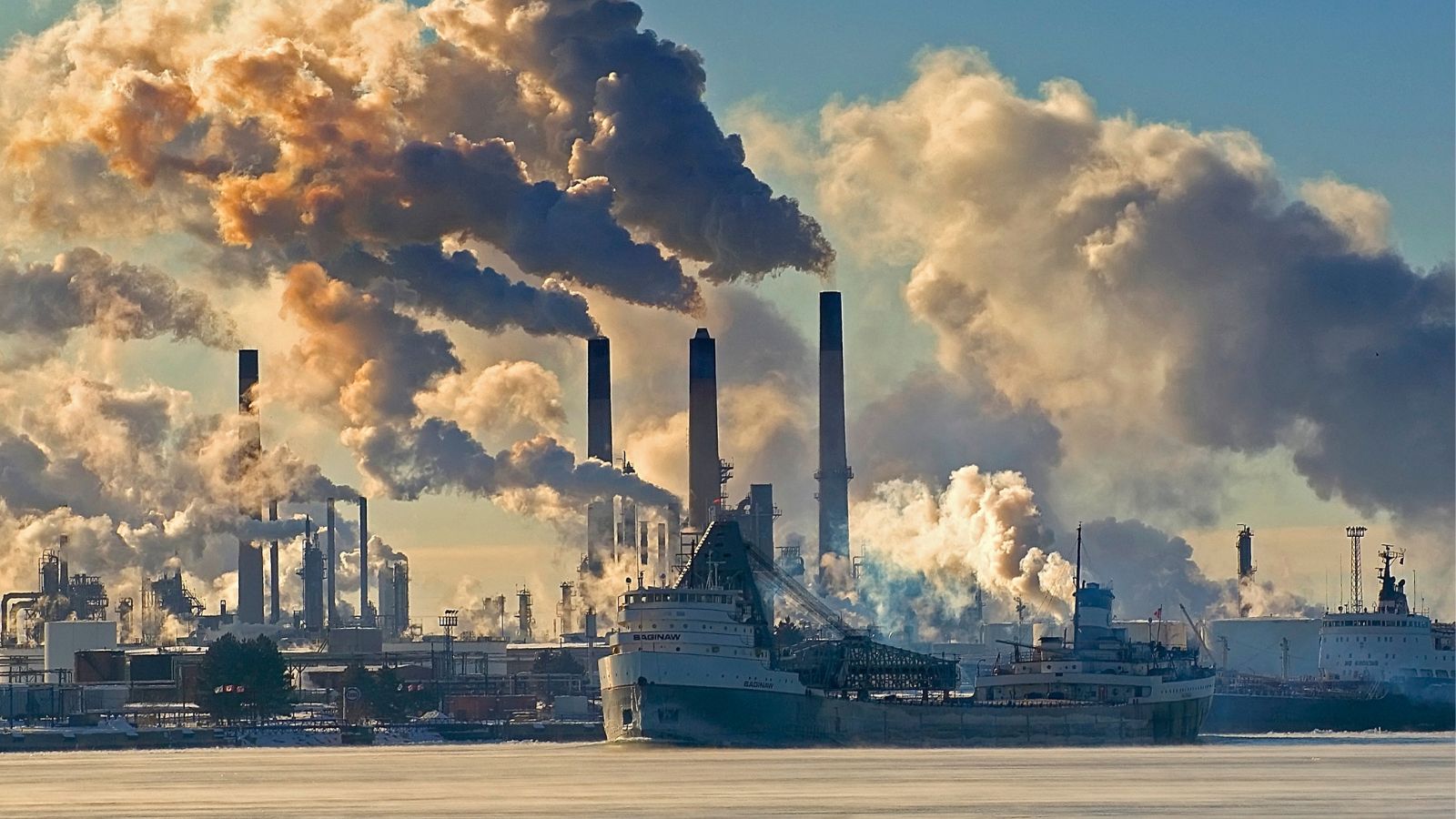
Wildfire smoke isn’t just a problem for those directly in the path of a blaze—it can drift for hundreds of kilometers, reducing air quality in cities and towns far away from the flames. Poor air quality leads to respiratory problems, heart issues, and a general decline in well-being. Homeowners are forced to monitor air quality indexes as vigilantly as they check the weather forecast, knowing that a bad day could have serious health implications for their families.
Uncertainty in the Housing Market

As climate risks become a part of everyday conversations, the entire housing market is feeling the effects. Lenders are adapting by incorporating climate risk into mortgage models, and buyers are increasingly looking for properties that promise safety from extreme weather. This shifting landscape creates uncertainty, making it harder to predict property values or secure affordable financing. It’s not just a market trend—it’s a personal crisis for families whose homes are their biggest investment.
The Emotional Toll on Homeowners
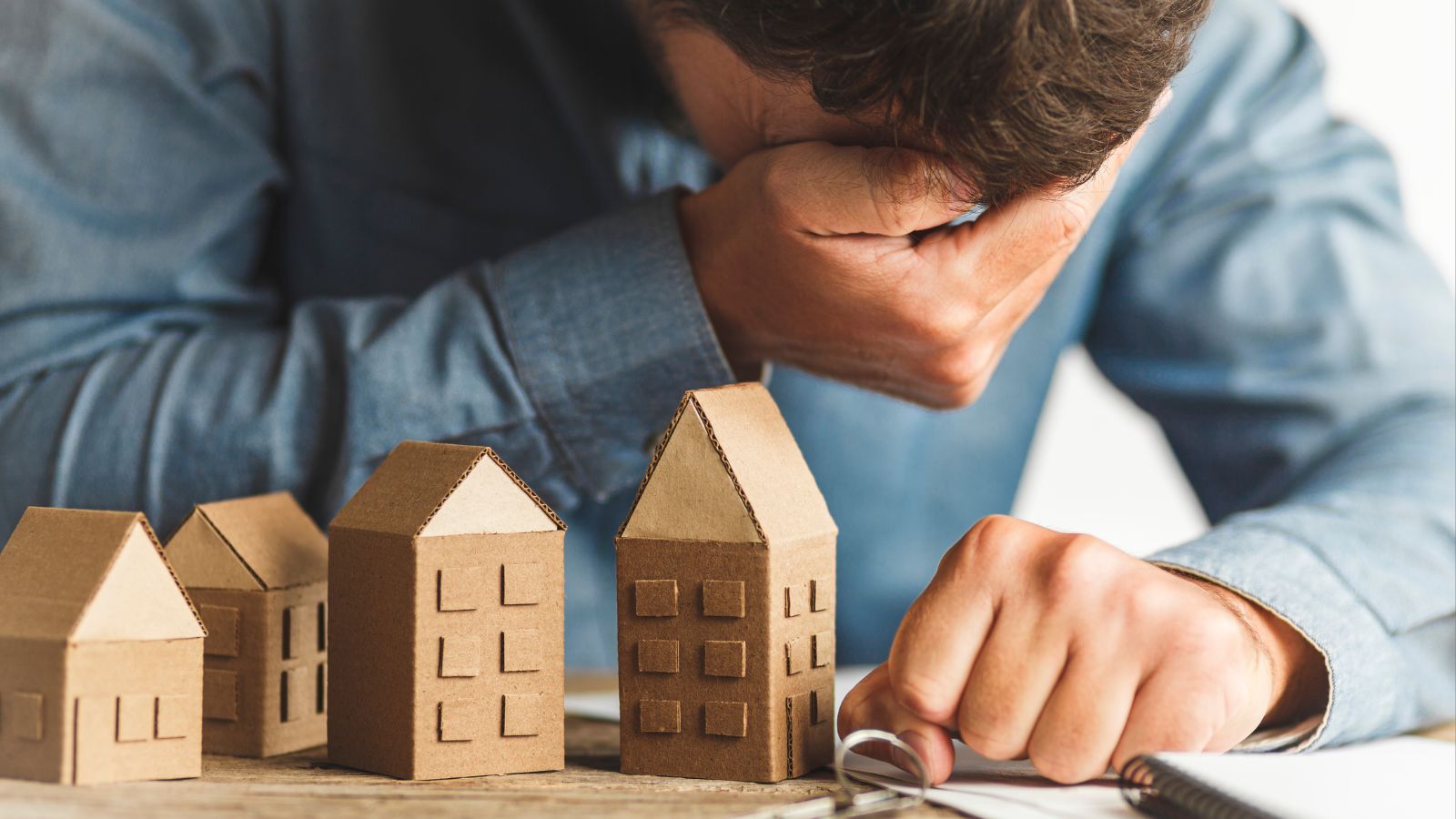
Living with the constant threat of climate-induced disasters takes a heavy emotional toll. Many Canadians describe feeling an unrelenting anxiety—like a storm is always brewing on the horizon. This emotional burden affects how people view their homes and their overall mental health. The fear of losing everything, of watching your home crumble under the stress of an unpredictable climate, is a reality that too many Canadians are struggling to live with every day.
Mounting Home Maintenance Costs
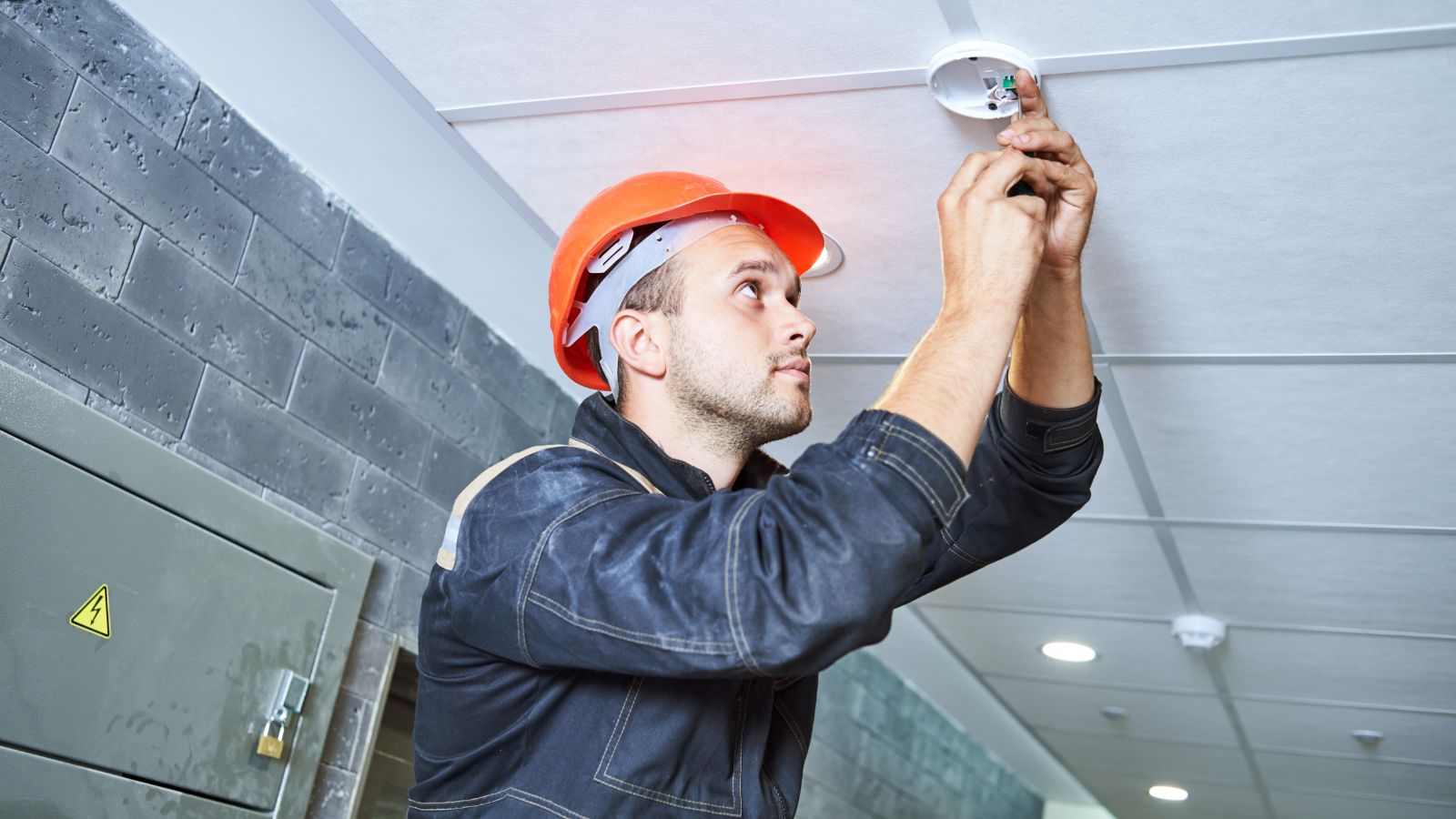
Routine maintenance, once a simple part of homeownership, has become a complex and costly necessity. The shifting climate demands that homeowners invest in upgraded insulation, reinforced roofing, and improved drainage systems to protect their homes from the elements. These costs, while essential, add up quickly and place an unexpected financial burden on families who must constantly adapt to keep their homes safe and functional.
The Rise of Climate Gentrification
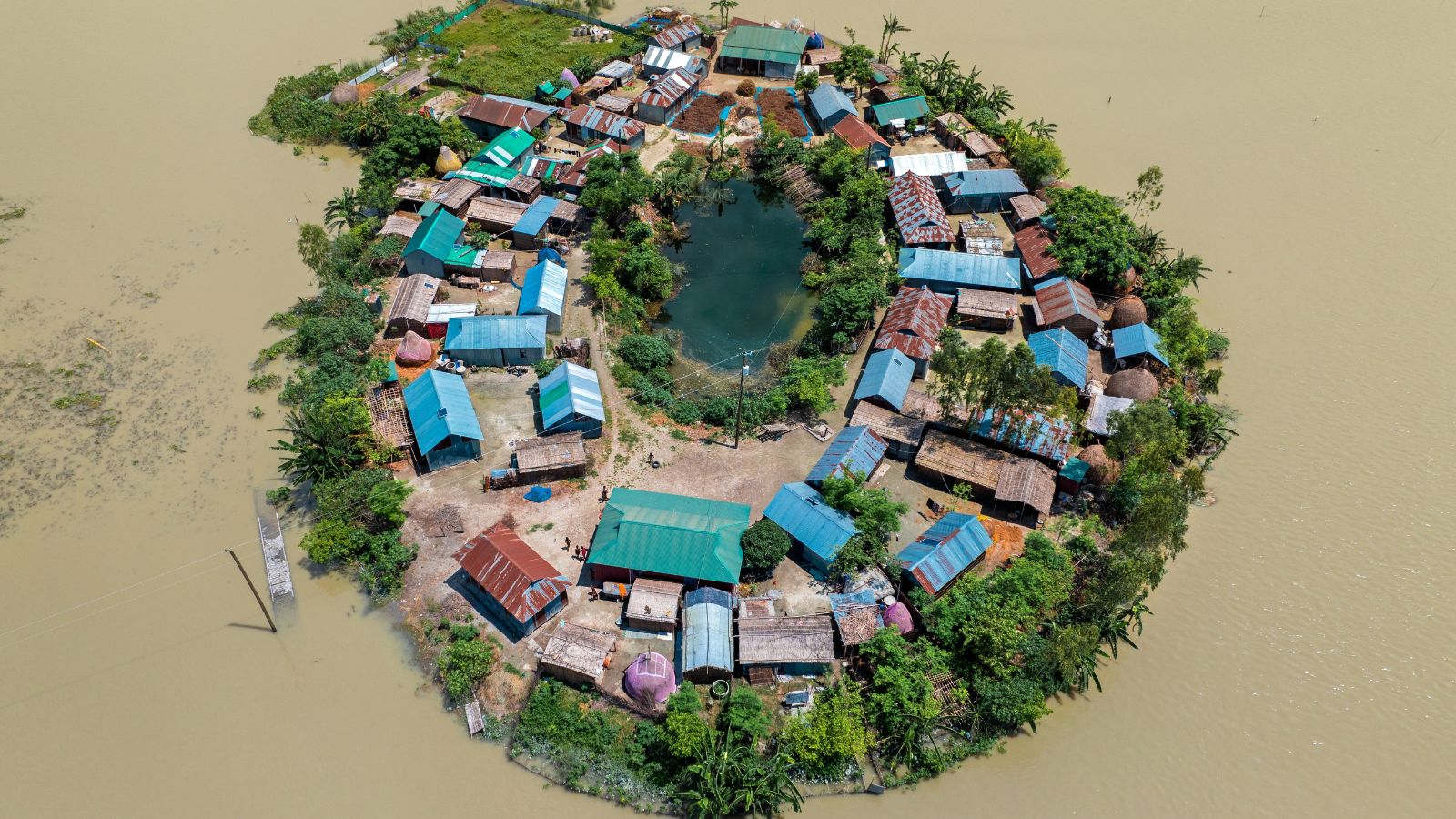
Have you ever noticed how certain areas seem to be “getting better” while others fall behind? That’s partly due to what experts call climate gentrification. As some neighborhoods prove more resilient to climate risks, their desirability increases—leading to higher property values and a wave of new, wealthier residents. Meanwhile, areas still vulnerable to climate hazards see declining investments and a gradual erosion of community fabric. This phenomenon alters the physical landscape and the social and cultural dynamics of Canadian cities and towns.
Insurance Coverage Gaps That Leave You Exposed

Finally, many homeowners are discovering that their insurance policies are not keeping pace with the new reality. Traditional policies often fail to cover the full scope of climate-related damage, leaving families with significant out-of-pocket costs when disaster strikes. Imagine spending years saving for a home only to find that your insurance won’t cover a major flood or wildfire. This coverage gap forces many to seek additional, often expensive, protection or risk facing financial ruin in the event of a disaster.
Conclusion

ltimately, the journey of adapting to climate change is a collective one. It’s about more than individual homeowners—it’s about communities, governments, and industries coming together to forge a path forward. It requires thoughtful policy, innovative solutions, and, perhaps most importantly, a willingness to reimagine what our homes and neighborhoods can be in a climate-altered future.
20 Reasons Why Wealthy Investors Are Looking At The Caribbean

The Caribbean has long been known for its stunning landscapes and vibrant culture, but in recent years, it has also become an attractive destination for wealthy investors. The region offers numerous financial, economic, and lifestyle advantages that appeal to high-net-worth individuals seeking opportunities. Here are 20 reasons why the Caribbean has captured the attention of the global investment community.
20 Reasons Why Wealthy Investors Are Looking At The Caribbean
